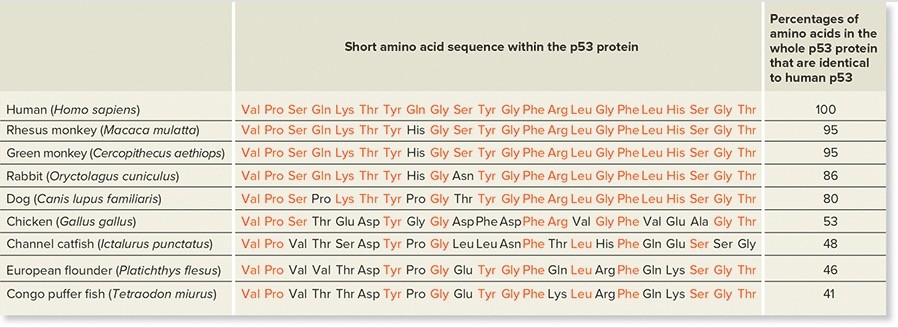In 2012, a new kind of fungal meningitis (infection of the nervous system) was discovered. Disease occurred among patients who had received steroid injections in the spine. Discuss whether these were healthcare-associated infections (HAIs): defend your
answer. Discuss the route of transmission and what measures public health agencies could take to reduce disease.
What will be an ideal response?
The fungal meningitis of 2012 was an HAI, of the iatrogenic type. It was introduced by the parenteral route. Public health agencies can educate health care providers about the source of the infections and how patients should be accessed and treated. They can stop the distribution of the suspect medication and determine what production standards may need to be enforced.
Bloom's Taxonomy: Analysis
Section: Epidemiology and Public Health
Learning Outcome: 14.7, 14.28, 14.29
You might also like to view...
Four of the five answers listed below are related by the number of chromosome sets present. Select the exception
a. spores b. sporophyte c. egg d. sperm e. gametophyte
Botox used in cosmetic medicine blocks ____
a. ATP production b. ACh release c. the ability of motor neurons to have electrical impulses d. oxygen transport e. ACh receptors
The two types of nucleic acids are ____________________ and ____________________. Fill in the blank(s) with the appropriate word(s)
What is illustrated by the amino acid sequence of the p53 protein in Figure 22.13?
A. greater sequence similarity within closely related groups. B. no significant patterns of sequence similarity. C. greater sequence similarity between distantly related groups. D. the gene for p53 protein originated in Homo sapiens.